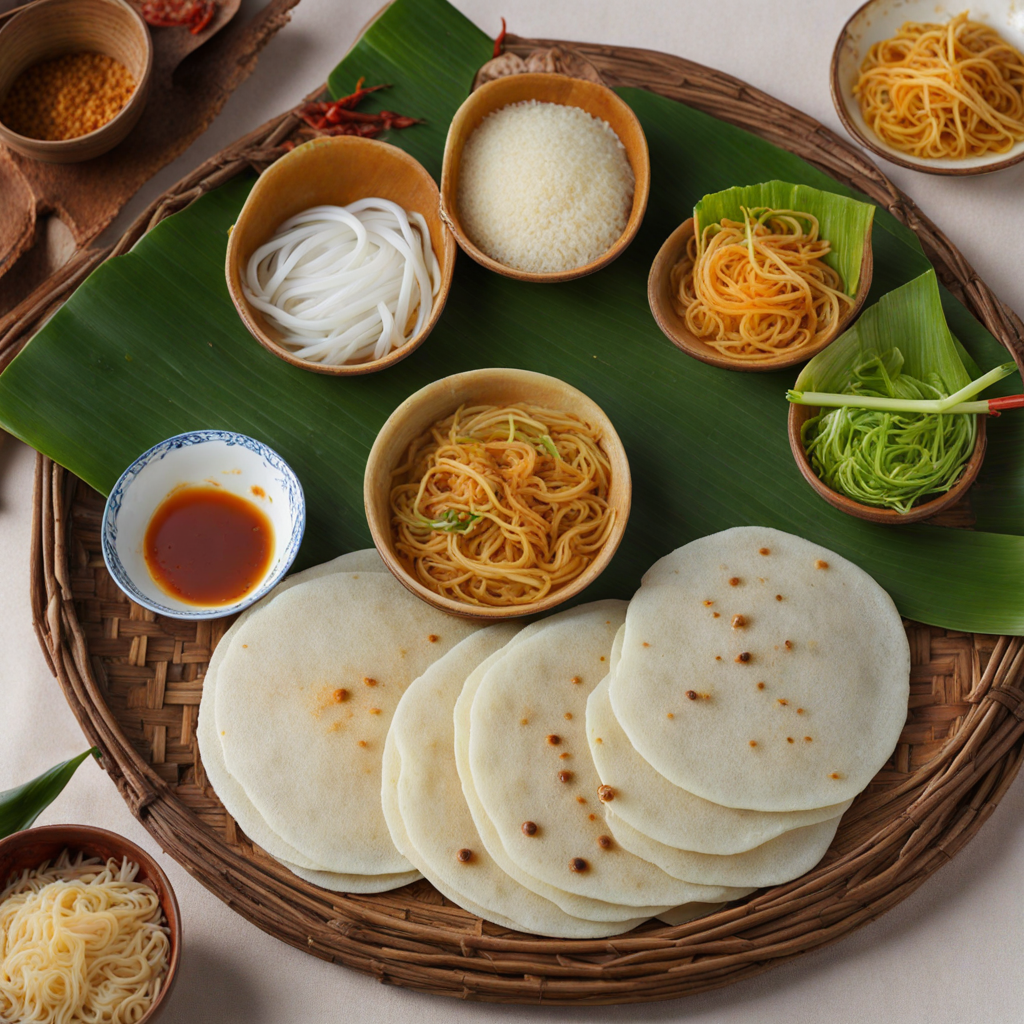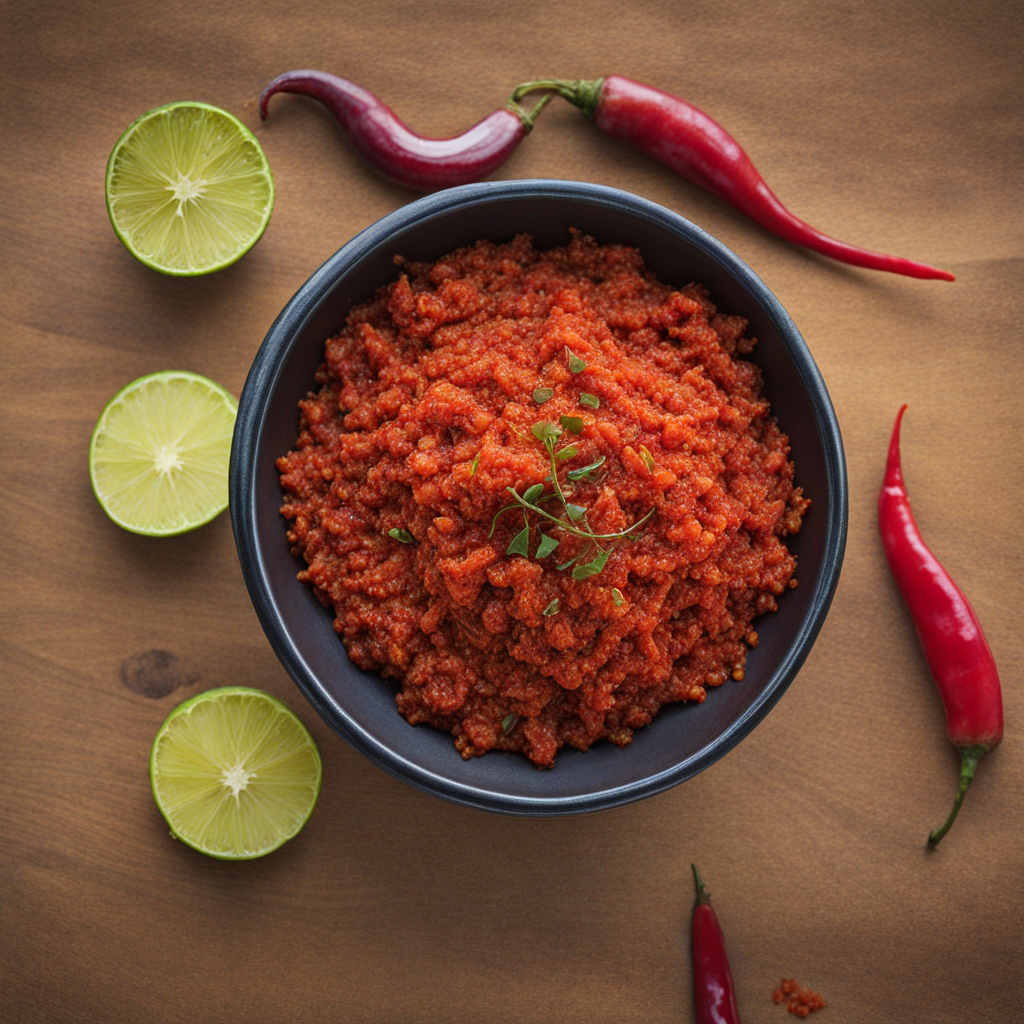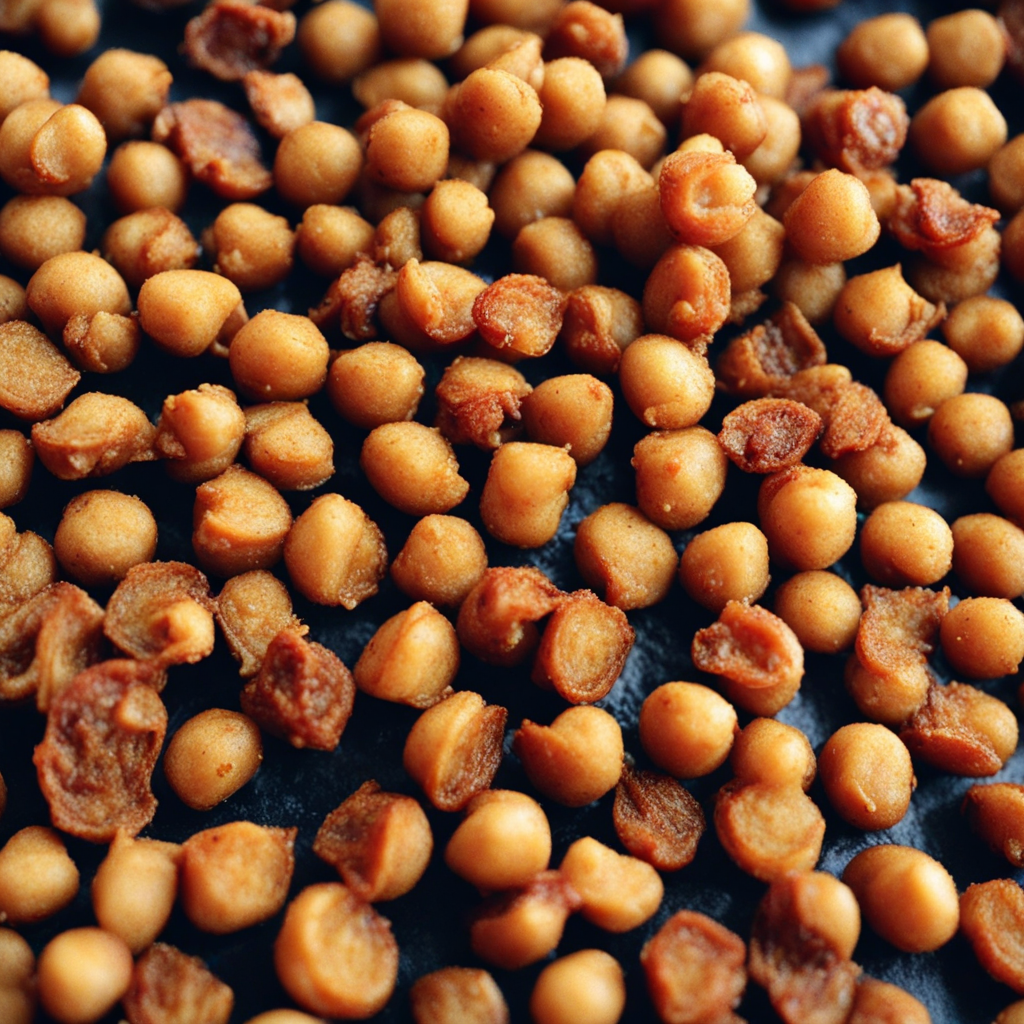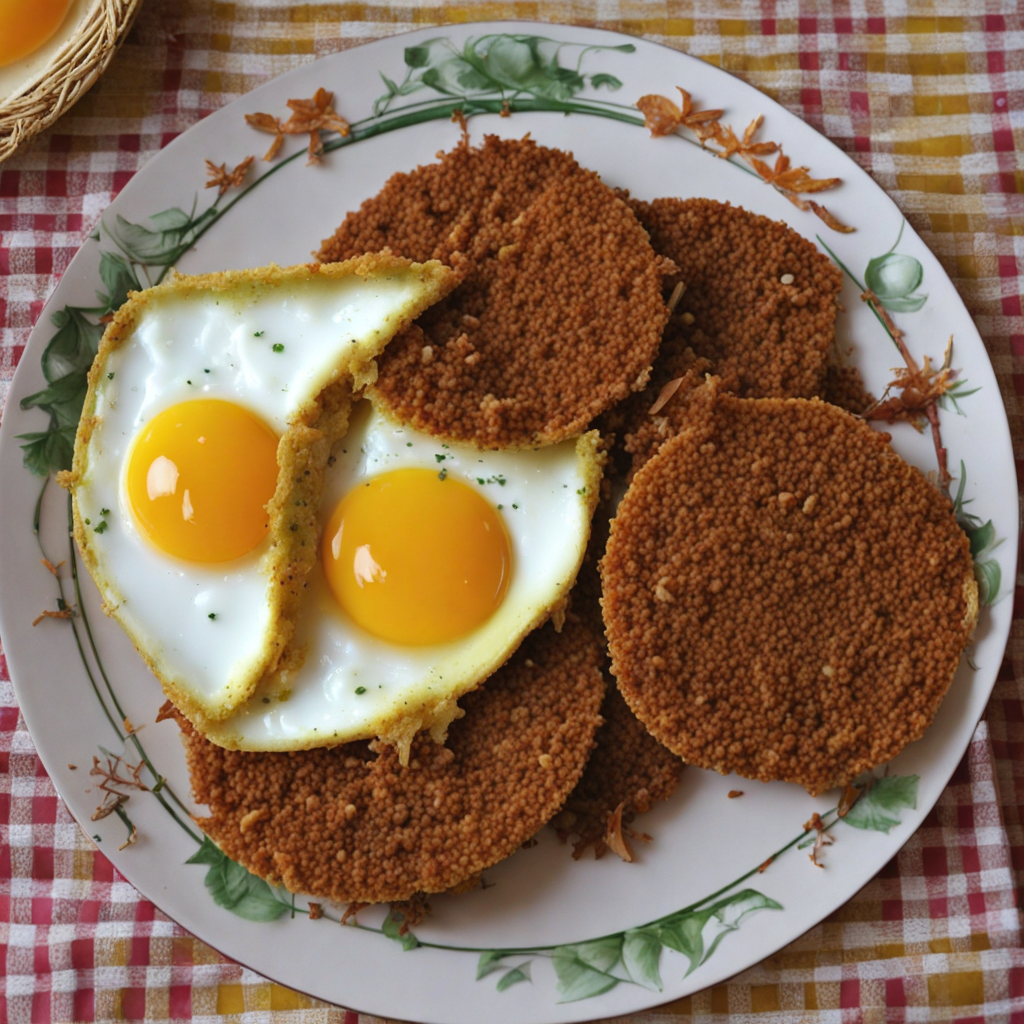String Hoppers
String Hoppers, known as 'idiyappam' in Sri Lanka, are delicate, steamed rice flour noodles that are a beloved staple in Sri Lankan cuisine. The dough is made by mixing finely ground rice flour with water, which is then pressed through a sieve or a special mold to create thin strands. These strands are layered into small circular shapes and steamed to perfection, resulting in a light and airy texture that is both comforting and satisfying. The subtle flavor of the rice flour allows the String Hoppers to pair beautifully with a variety of accompaniments, making them a versatile dish enjoyed at any time of day. Traditionally, String Hoppers are served with a variety of flavorful curries, coconut sambol, or lentil dishes, offering a delightful contrast of textures and tastes. The mildness of the noodles allows for the vibrant spices and rich flavors of the curries to shine through, creating a harmonious balance on the palate. The addition of fresh grated coconut enhances the dish’s appeal, adding a hint of sweetness and a delightful crunch. Whether enjoyed for breakfast, lunch, or dinner, String Hoppers provide a comforting, hearty meal that is deeply rooted in Sri Lankan culinary traditions. For those looking to explore a new taste sensation, String Hoppers are not just a dish but a cultural experience. They are often enjoyed as part of a larger spread, encouraging communal eating and the sharing of flavors. The process of tearing the soft noodles and combining them with different curries or sambols allows for creative and personalized dining experiences. With each bite, you'll discover the rich heritage of Sri Lanka, making String Hoppers a must-try for any adventurous food lover.
How It Became This Dish
The History of Indi Appa: A Culinary Treasure of Sri Lanka Indi Appa, a beloved Sri Lankan specialty, is a pancake-like dish that holds a significant place in the island's culinary heritage. Known for its rich flavor, unique texture, and versatility, Indi Appa is more than just food; it embodies the essence of Sri Lankan culture, traditions, and communal eating practices. This essay delves into its origins, cultural significance, and how it has developed over time. #### Origins The roots of Indi Appa can be traced back to the ancient culinary practices of the indigenous communities in Sri Lanka. The term "Indi" refers to the "indigenous" or "native" in the Sinhala language, while "Appa" translates to "pancake." The dish is primarily made from rice flour, coconut milk, and a blend of spices, making it a staple in many Sri Lankan households. Rice has been a fundamental component of the Sri Lankan diet for centuries. Historical accounts suggest that rice cultivation began in Sri Lanka around 500 BC, heavily influenced by the island's favorable climate and fertile soil. As rice became the primary grain, various cooking methods evolved, leading to the creation of different rice-based dishes, including Indi Appa. The method of preparing Indi Appa is closely related to the traditional cooking techniques of the island. It is made using a special cast-iron pan called an "appa chatti," which has a unique concave shape that allows for even cooking. The batter is poured into the pan, and once it starts to cook, the pan is tilted to create a thin, crispy edge while maintaining a soft center. This technique is reminiscent of other regional pancakes like dosa from South India, highlighting the shared culinary influences in the Indian Ocean region. #### Cultural Significance Indi Appa is more than just a dish; it is a symbol of hospitality and communal bonding in Sri Lankan culture. Traditionally, it is served during family gatherings, celebrations, and religious festivals, showcasing the island's rich diversity. The dish is a favorite among both Sinhalese and Tamil communities, transcending ethnic boundaries and reflecting the multicultural fabric of Sri Lankan society. The preparation of Indi Appa is often a communal affair. Families gather to make the batter, share stories, and enjoy each other's company. The act of cooking together fosters a sense of unity and strengthens familial bonds. It is common for families to serve Indi Appa with a variety of accompaniments, such as spicy sambols, coconut chutneys, or sweetened coconut jaggery, making it a versatile dish suitable for any meal of the day. In rural areas, Indi Appa holds significant importance as a breakfast staple. It is often paired with a refreshing cup of tea, making it a comforting start to the day. In urban environments, it has transitioned into street food, enjoyed by people from all walks of life. Vendors often serve it with an array of dips, catering to diverse tastes and preferences. #### Development Over Time As Sri Lanka's culinary landscape evolved, so too did Indi Appa. The dish has absorbed influences from various cultures and regions, resulting in a rich tapestry of flavors and preparation styles. During the colonial period, the introduction of new ingredients and cooking techniques further transformed Sri Lankan cuisine, impacting the way Indi Appa was prepared and served. One significant influence came from the Portuguese, who introduced new spices and cooking methods in the 16th century. The incorporation of ingredients such as cinnamon and chili has led to the development of spicier and more aromatic versions of Indi Appa. The British colonial period also brought about changes, with the introduction of tea plantations leading to a growing tea culture that has become intertwined with Sri Lankan cuisine. In recent years, the global interest in Sri Lankan cuisine has surged, leading to a renaissance of traditional dishes like Indi Appa. Chefs and food enthusiasts have begun to experiment with the dish, incorporating contemporary flavors and modern cooking techniques. This evolution has led to the creation of fusion versions that cater to international palates, while still honoring the dish's heritage. Moreover, the rise of health consciousness has prompted many to adapt the traditional recipe to include healthier alternatives. Variations with whole grain flours, gluten-free options, and the use of organic ingredients have emerged, allowing Indi Appa to remain relevant in a rapidly changing food landscape. #### Conclusion Indi Appa is a remarkable dish that reflects the rich cultural heritage of Sri Lanka. Its origins, deeply rooted in the island's agricultural history and traditional cooking methods, highlight the importance of rice in the Sri Lankan diet. The dish serves as a symbol of hospitality, unity, and the communal spirit that characterizes Sri Lankan culture. As Indi Appa continues to evolve, it remains a beloved staple in homes and street stalls alike, adapting to modern tastes while preserving its traditional essence. This pancake-like dish is not just a culinary delight; it is a testament to the resilience of Sri Lankan culture and the enduring significance of food as a connector of people and traditions. Whether enjoyed as a simple breakfast, a festive treat, or a street food delight, Indi Appa stands as a proud representation of Sri Lanka's culinary identity, inviting all who partake in its warmth and flavor to experience the heart of the island's rich gastronomic heritage.
You may like
Discover local flavors from Sri Lanka







